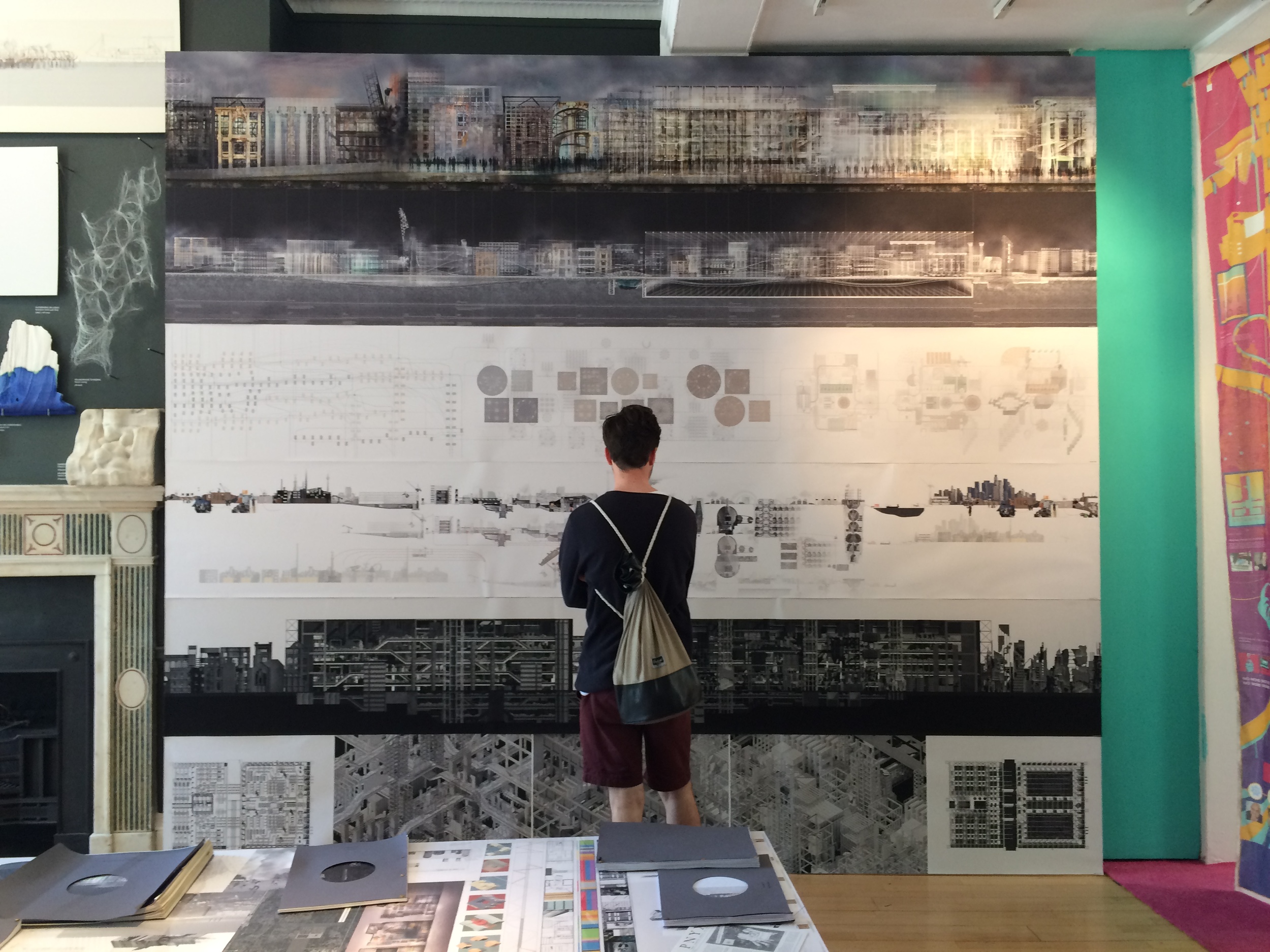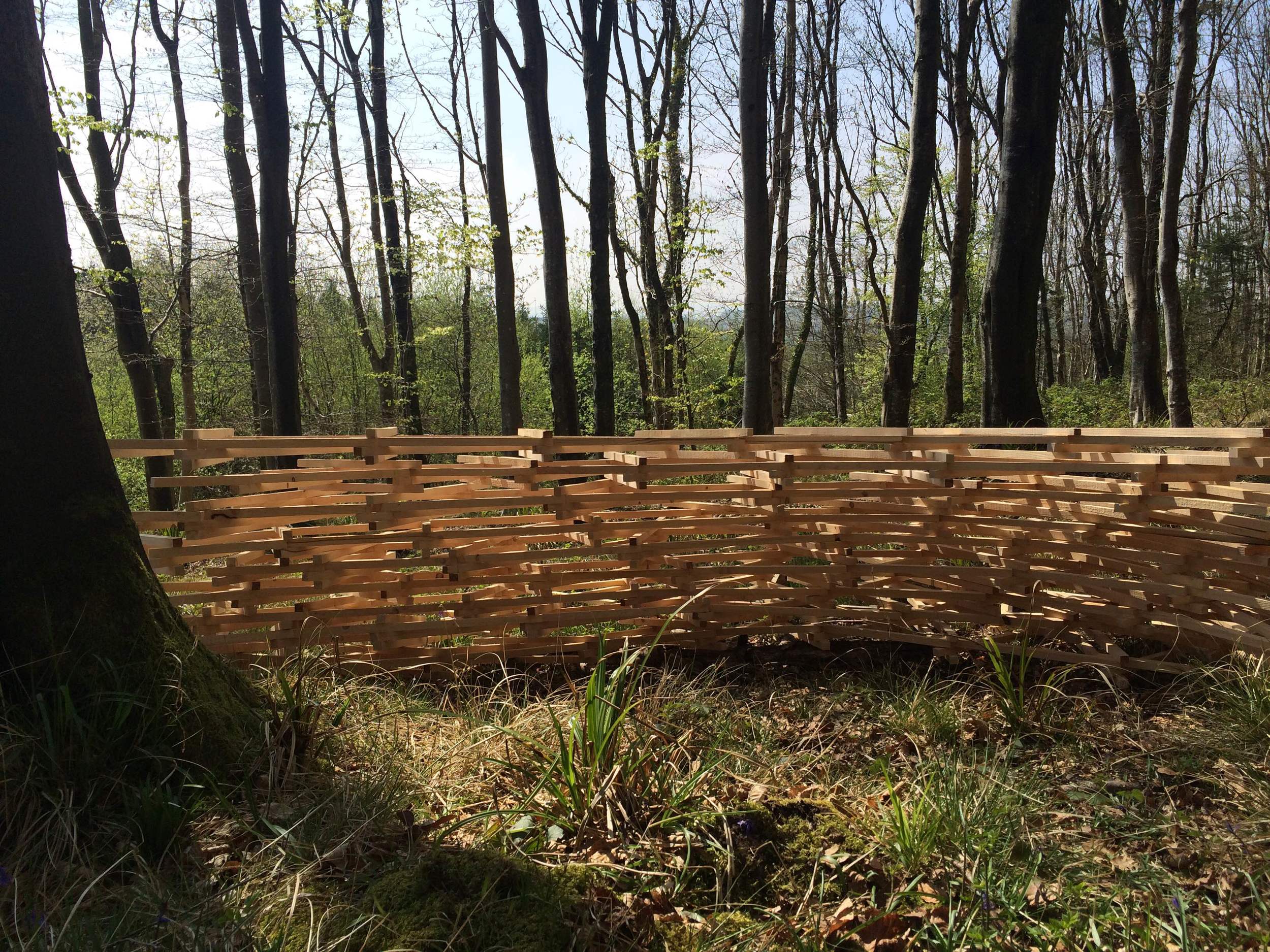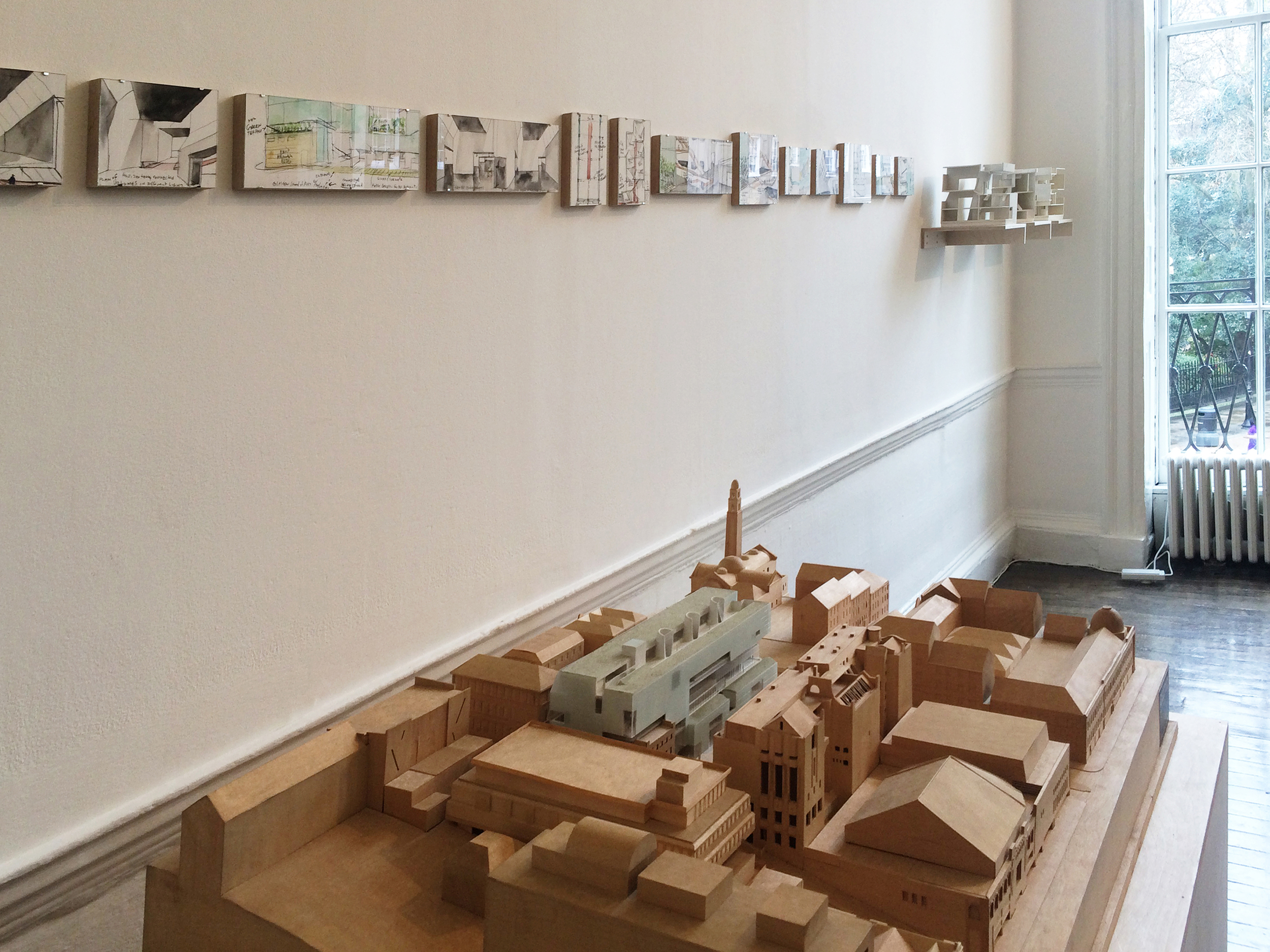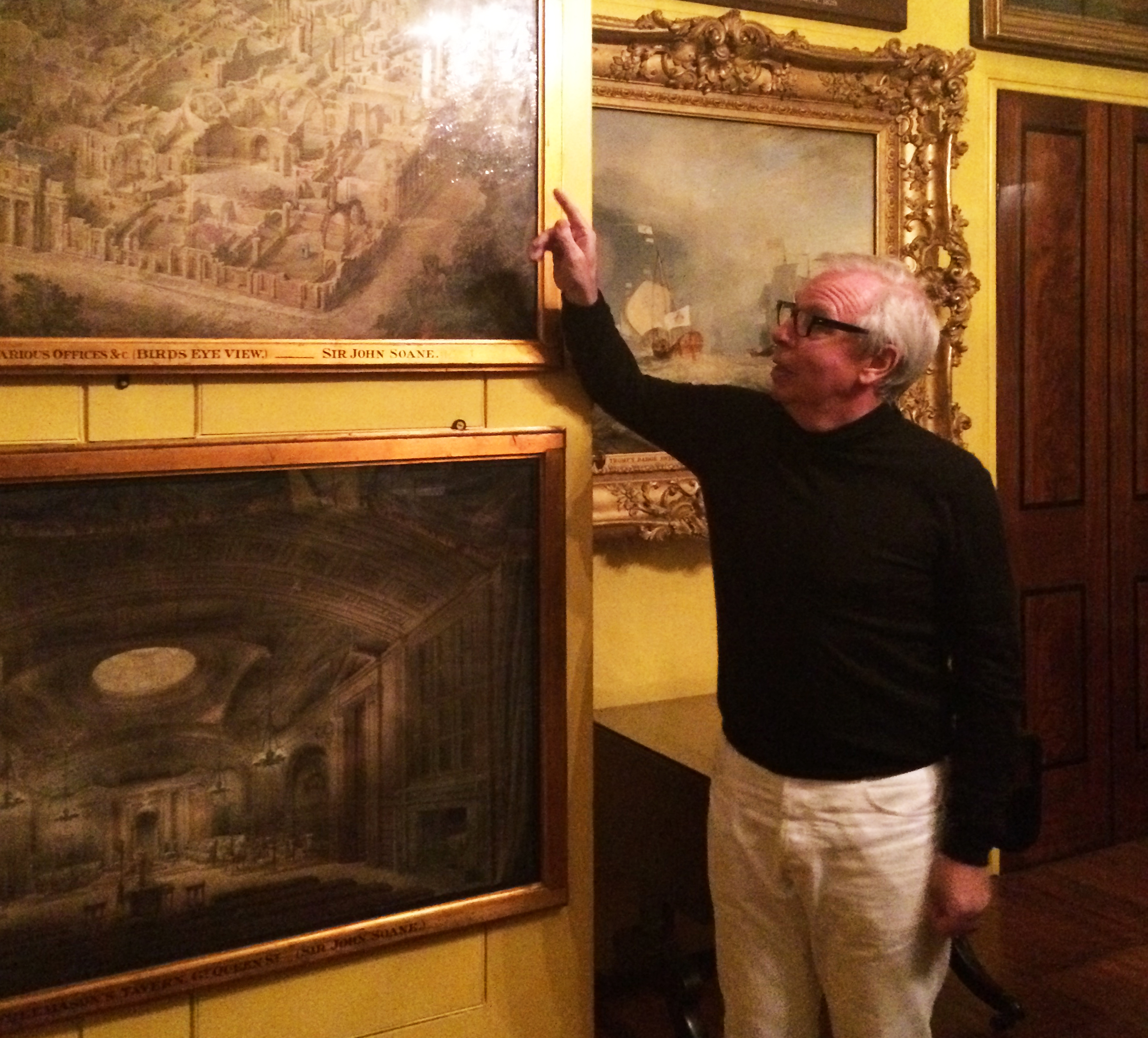The Modern epoch has been transferring the locus of the essence we find in life into one we can hypothetically only find in matter. People being drifted with this mechanical world, made divisions among themselves misusing language - which is a tool of communication and representation - in a way that increased their discrimination towards each other. Such divisions as I see, are providing our subconscious with a distorting yet misleading image of reality, one that is scanned without being attentive to experiences as lived by people. Supporting minorities in some cases is a practice that emphasizes their sense of whatever defined their existence as a minority, more than it actually magnetizes attention for offering solutions that simulate their needs; a trap that many other dominant practices are falling into for being scrutinized in a factorized life.
“People with Disabilities” as globally referred to, are humans who are defined with their disabilities, with what they “can’t do”; a definition that is biased with its one-dimensional meaning against a tremendous number of abilities and potentials they have. Language has given a prior judgment of their being, lives, achievements, based on impairments, which they have been uncontrollably born with, or fatality acquired.
Unconsciously, the Architecture as a language itself has adopted the same perspective when addressing the issue of “People with Disabilities”. The vocabulary Architecture offers for enhancing the accessibility of “People with Disabilities” has in many cases exacerbated the problem.
Ramallah a city that has witnessed a growing economic boom through the last decade, is still struggling for its own identity, construction is invading the city scape, penetrating its urban fabric, ruining in many cases, the beauty of its original knitting, yet cranes are drawing a new skyline, one that incarnates the mechanism of our modern reality, and in the horizon of which, no voices of minorities are heard but instead harmful noise only. Although the need for a shift of paradigm in the way the society of Ramallah perceives “People with Disabilities” is acknowledged, social, psychological and structural barriers, still stand in the way.
There is an urgent need to bridge the gap between Architects’ subconscious that designs for “Normal People” and their conscious that is forced to design for “People with Disabilities”. The outcome are always buildings to which functional requirements such as ramps, elevators, etc. are simply “glued”. This might - technically speaking - fulfill the mobility needs of “People with Disabilities”, but taking the issue from a different dichotomy: the psychological and emotional perception of “People with Disabilities” to such “glued” solutions are not seriously addressed.









































